The art of eating has been constantly evolving for centuries, from the use of shells, stones, and animal horns to modern-day spoons, knives, and forks. Despite this progression, humans have always been blessed with natural tools for eating: their hands. Find out how to eat with your hands during your next Asia tour!
A Time Before Silverware
Many cultures used their hands before the advent of silverware and this practice – traced back to Ayurvedic teachings – is still prevalent in many parts of Asia today.
Vedic wisdom has an ancient saying that eating food with your hands feeds not only the body but also the mind and the spirit.
While Asia can captivate you with its fascinating cultures, incredible architecture, magnificent mountains, stunning beaches, exquisite wildlife, and heartwarming locals, your Asian vacation can truly come alive with an assortment of gastronomic delights.
Nevertheless, to discover the essence of Asian dining, it’s not enough to just sample the Goi Cuon or Massaman Curry; you may want to savour the experience and consider eating as a sensual activity involving touch, aside from smell, presentation, and taste!
A Rustic, Flavorful Affair
Like the many layers of Maki Sushi, the interplay of cuisine and culture produces timeless culinary customs. If you notice some native people eating with their hands during your Asian vacation, you may question it at first. However, a closer look will reveal an age-old tradition that’s primal, respectful, and spiritual.
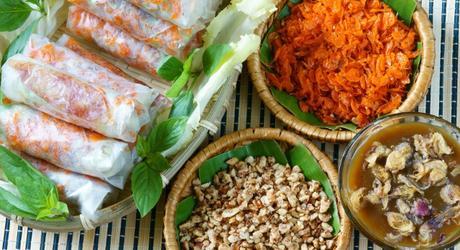
People in Asia believe your five fingers correspond to the five elements of nature (earth, air, fire, water and spirit). Therefore, eating with your hands incorporate these vital energies into your food.
Not only does touching your food help you feel texture and temperature, it is believed is also aids in better digestion, as you become more aware of what you’re eating.
Hand to mouth eating also kindles an incomparable fulfilment that feeds not just your body, but also your soul!
Visualise a gentle cruise on a traditional houseboat along the serene backwaters of Kerala, or a panoramic view of a gorgeous Bali sunset against a ravishing ocean backdrop.
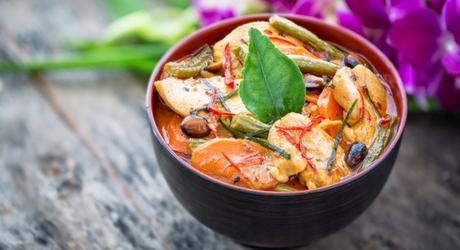
A bowl of freshly made coconut stew is served to you with some flat bread. One whiff of the aromatic spices in the air makes you want to lap up the delectable dish in front of you.
Now, imagine relishing this with your hands. The warmth of your fingertips brushing against your lips (as opposed to the feeling of cold metal on your tongue) will instantly ignite a deep primordial connection.
At the end of your meal you’re left with satisfied senses, a delightful memory, an exceptional experience, but above all, you’ve successfully become one with ancient Asian culture.
Minding Your Manners During Your Asia Tour
When you embark on your Asia vacation, remember before you take the plunge that new food means new customs.
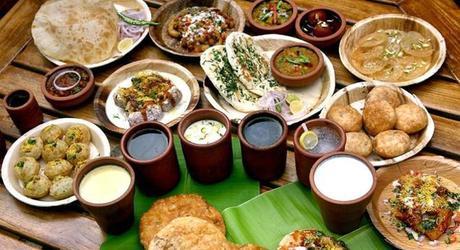
Nobody wants to make social blunders that can hurt sentiments. Cultural differences – including eating etiquette – is what define people.
In countries where eating with your hands is considered polite, it’s crucial to wash your hands before your meal.
Always use the right hand to eat. The left hand is used to pass food around.
Use your fingers, but messing up your palm is considered bad manners.
The best way to eat with your fingers is to imagine your hand is your own miniature land-moving, digging machinery, like you might find on a construction site!
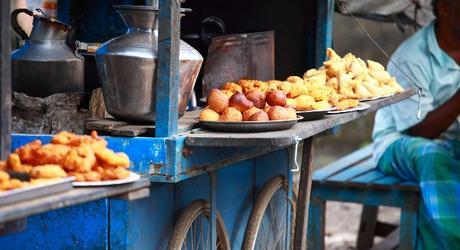
Use your thumb as the single fork and push the food into your index and middle finger. Remember – practice makes perfect!
Vegetarians and meat eaters can eat together; however, mixing up cutlery is not appreciated.
Serving with your fingers or cutlery that has already touched your mouth is considered rude.
In some of these countries, such as India, licking your fingers (not loudly) after your meal is a sign of appreciation.
Chopstick Culture of Asia
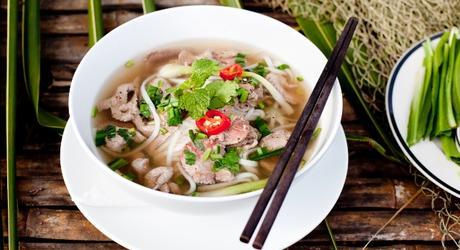
If eating with your hands is not your taste, set your mind at ease as many Asian countries utilise chopsticks.
Whether you are enjoying some Sweet and Sour Fish in the old market, or a warm Beef Pho by the Mekong Delta, chopstick etiquette is as important as dining correctly with your hands.
While this custom varies from country to country, in general, never cross your chopsticks or stick them up vertically.
Always place your chopsticks on the rest provided or on top of your bowl/plate.
Biting, playing or putting your chopsticks in your mouth for too long is considered rude.
In addition, use your chopsticks to pick up food and place it on your bowl/plate instead of eating it directly from the bigger dish.

If you’re still not confident using your hands or chopsticks, you can always ask for a spoon or fork. However, don’t be afraid to explore or make mistakes. It’s fun to embrace new cultural food habits!
An Intimate Poem of Fingers & Food
While there is a time to eat with cutlery, your Asian vacation is the perfect occasion to honor a tradition that is symbolic of community, identity, and hospitality.
Eating with your hands will allow you to engage in intimate poetry and you will probably realize it’s worth an encore.
Celebrate the act of calibrating and composing every single bite through touch, for this is not an act of barbarism; but a beautiful art – and a sign of wisdom!
DISCOVER ASIA TOURS
